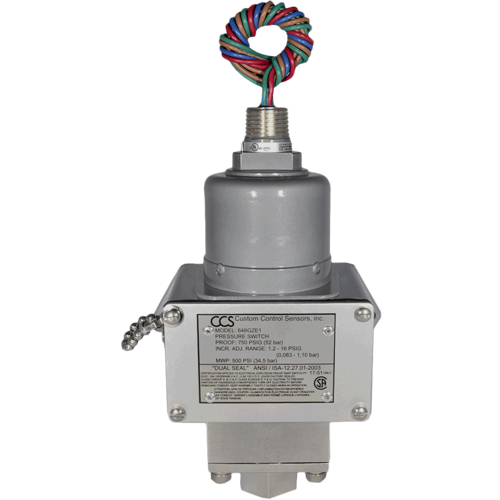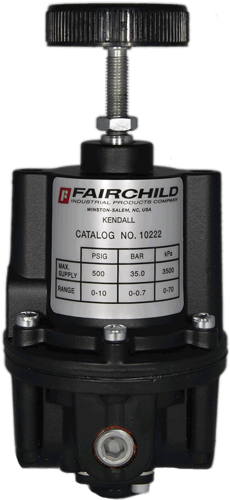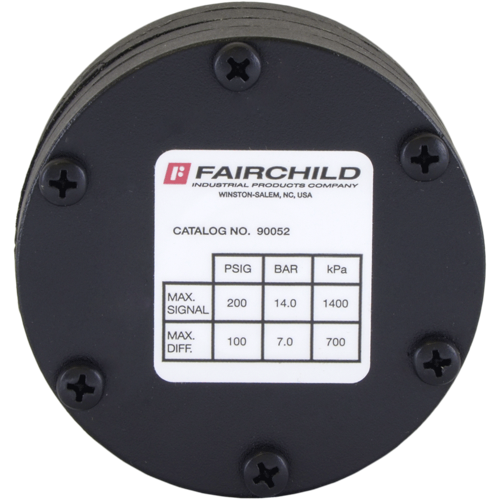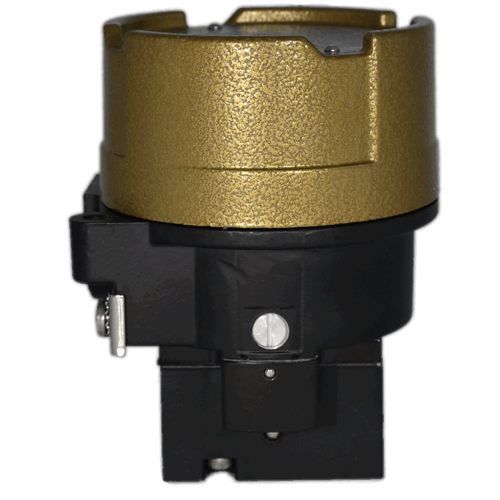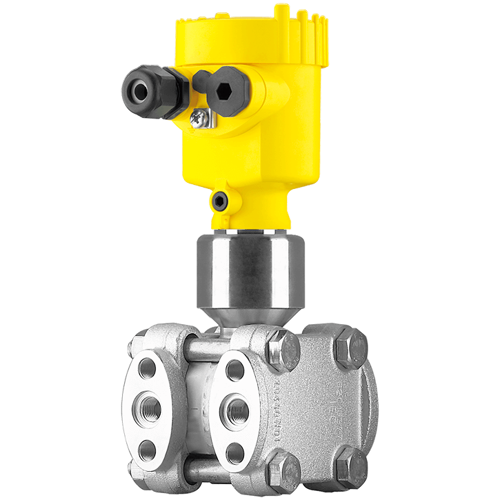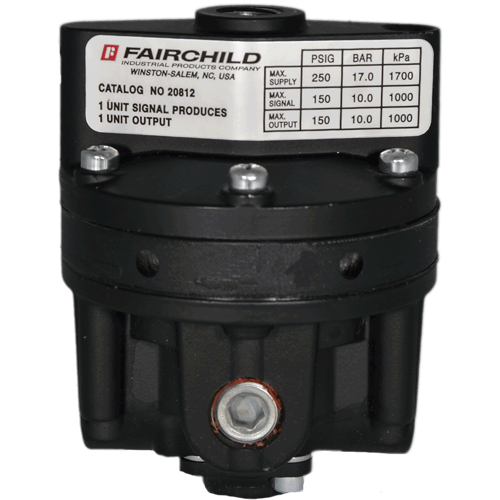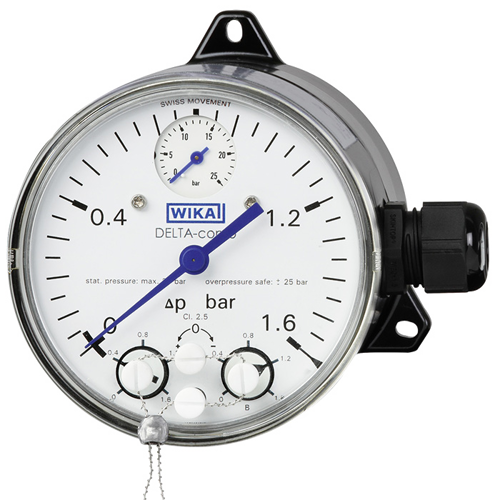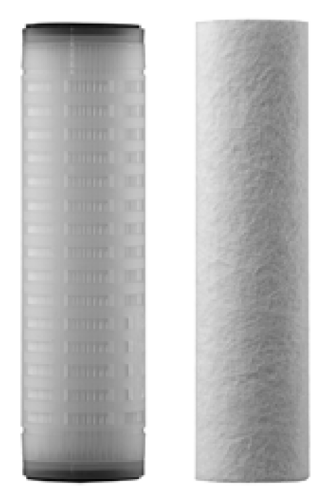Pressure
Pressure control devices, including pressure switches and gauges, ensure safe, accurate monitoring and regulation of pressure levels in both general purpose and hazardous area industrial applications.
1 - 48 of 401 Products
6900GZE Series Pressure Switch
Custom Control Sensors

Log In to See Pricing
6900GE Series Pressure Switch
Custom Control Sensors
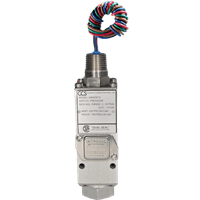
Log In to See Pricing
604D Pressure Switch
Custom Control Sensors
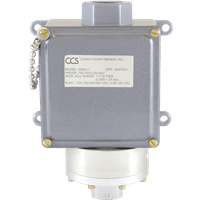
Log In to See Pricing
PT-405 Pressure Transducer
Automation Products Group
/PT-405-Pressure-Transducer/Thumbs/200_main_AP_PT-405_PressureTransducer.png)
from $560.98 USD
Model 2400CC/2400CS M/P Converter
Fairchild
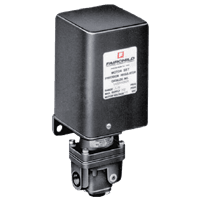
Request a Quote
Bourdon Tube Pressure Gauge with Switch Contacts - PGS21.100, PGS21.160
WIKA
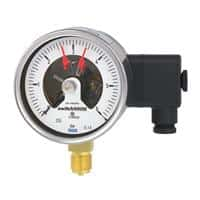
Request Information
Model 81 Multi-Stage Precision Pressure Regulator
Fairchild
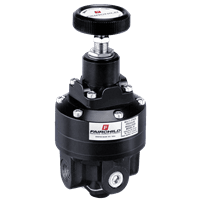
Request a Quote
646GZE-7011 Series Pressure Switch
Custom Control Sensors
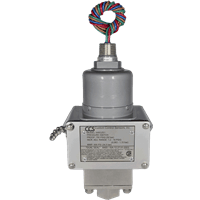
Log In to See Pricing
Model 700.01, 700.02 Differential Pressure Gauge
WIKA
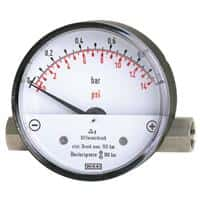
Request Information
Model 10 Pneumatic Pressure Regulator
Fairchild

from $214.87 USD
646DZE Series Pressure Switch
Custom Control Sensors
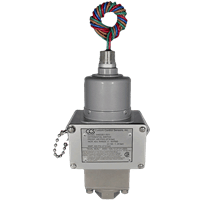
Log In to See Pricing
Model 91 High Pressure Selector Relay
Fairchild
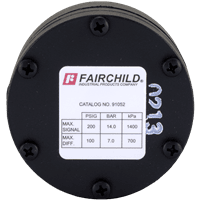
$426.86 USD
Model 20 Pneumatic Precision Volume Booster
Fairchild
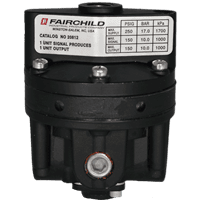
from $290.59 USD
646DZE-7011 Series Pressure Switch
Custom Control Sensors

Log In to See Pricing
Model TXI7850 Moisture Resistant I/P Pressure Transducer
Fairchild
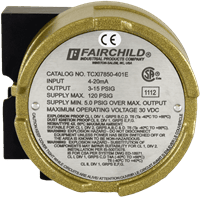
from $1,337.56 USD
604G Series Pressure Switch
Custom Control Sensors
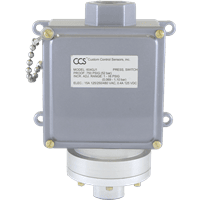
Log In to See Pricing
6900PE Series Pressure Switch
Custom Control Sensors
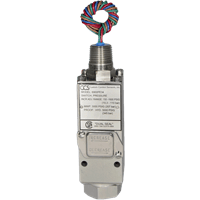
Log In to See Pricing
PT-400 Pressure Transducer, Intrinsically-Safe
Automation Products Group
/PT-400-Pressure-Transducer/Thumbs/200_main_PT-400-L1-5-PSI-G-E5_Front.png)
from $557.38 USD
Model 63 Pneumatic Filter Regulator
Fairchild
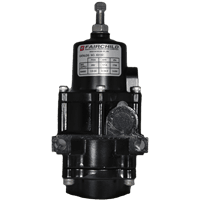
from $140.61 USD
646GZE Series Pressure Switch
Custom Control Sensors

Log In to See Pricing
6900G Series Pressure Switch
Custom Control Sensors
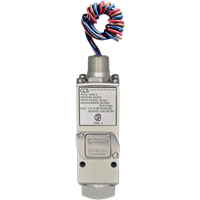
Log In to See Pricing
611GE8000 Series Pressure Switch
Custom Control Sensors
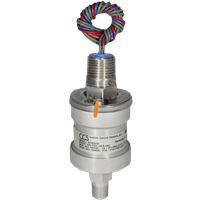
Log In to See Pricing
Model 90 Low Pressure Selector Relay
Fairchild
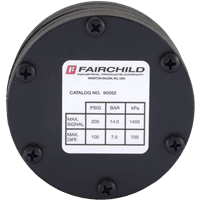
$569.63 USD
604V Series Pressure Switch
Custom Control Sensors
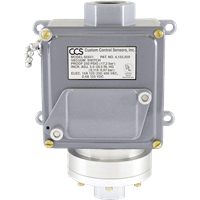
Log In to See Pricing
604GZ Series Pressure Switch
Custom Control Sensors
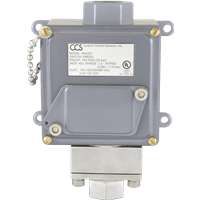
Log In to See Pricing
Model 30 Compact Precision Pressure Regulator
Fairchild
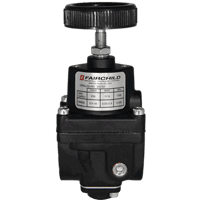
from $208.39 USD
646GE Series Pressure Switch
Custom Control Sensors
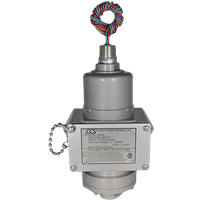
Log In to See Pricing
675GE Series Pressure Switch
Custom Control Sensors
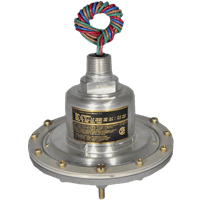
Log In to See Pricing
646VE Series Pressure Switch
Custom Control Sensors
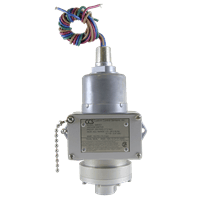
Log In to See Pricing
HU Pressure Transmitter
Automation Products Group
/HU-Pressure-Transmitter/Thumbs/200_main_HU-L24-IS-5K_Front.png)
from $1,597.14 USD
Model 4500A Pneumatic Volume Booster
Fairchild
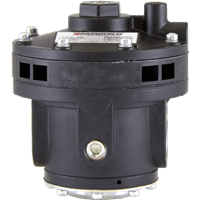
$855.89 USD
6900GZE-7066 Series Pressure Switch
Custom Control Sensors
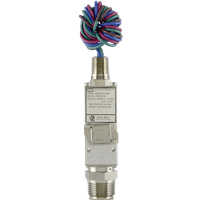
Log In to See Pricing
Model 10BP Precision Back Pressure Regulator
Fairchild

from $273.28 USD
6900GZ Series Pressure Switch
Custom Control Sensors

Log In to See Pricing
604GZ-7011 Series Pressure Switch
Custom Control Sensors

Log In to See Pricing
611G8000 Series Pressure Switch
Custom Control Sensors
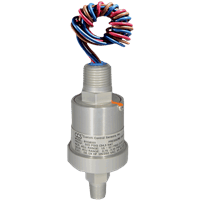
Log In to See Pricing
Model 1000 No Bleed Precision Pressure Regulator
Fairchild
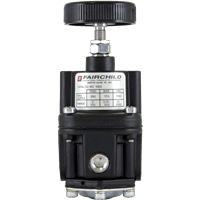
from $457.87 USD
605G Series Pressure Switch
Custom Control Sensors
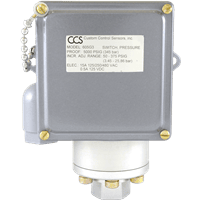
Log In to See Pricing
604P Series Pressure Switch
Custom Control Sensors
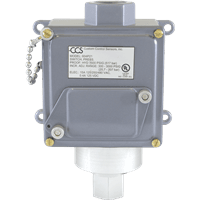
Log In to See Pricing
6900P Series Pressure Switch
Custom Control Sensors

Log In to See Pricing
Model 14 Positive & Negative Bias Relay
Fairchild
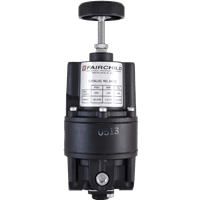
$767.92 USD
Model 25 Reversing Relay
Fairchild
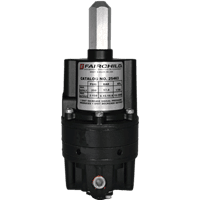
from $799.65 USD
642DE Series Pressure Switch
Custom Control Sensors
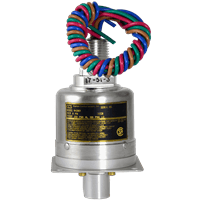
Log In to See Pricing
611GZE8100 Series Pressure Switch
Custom Control Sensors

Log In to See Pricing
604DZ-7011 Series Pressure Switch
Custom Control Sensors

Log In to See Pricing
Model 232.50 / 233.50 Bourdon Tube Pressure Gauge
WIKA
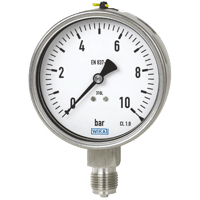
$25.96 USD
646DCE Series Pressure Switch
Custom Control Sensors
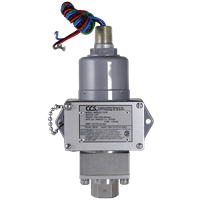
Log In to See Pricing
646VZE Series Pressure Switch
Custom Control Sensors
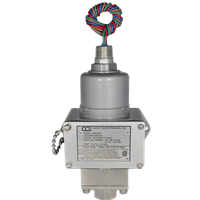
Log In to See Pricing
Pressure Control Devices for Industrial Process Control Applications
Pressure control devices in industrial process control applications ensure systems operate within designated parameters for safety, efficiency, and product quality, and they help manage the pressure of gases or liquids in pipelines, vessels, and other equipment, preventing fluctuations that could lead to equipment failure, process inefficiencies, or safety hazards. Pressure control devices encompass a wide range of equipment, from simple pressure regulators and relief valves to sophisticated electronic controllers and sensors, ensuring process stability and the protectection of equipment and personnel.
Fairchild pressure regulators help maintain a constant output pressure, despite variations in input pressure or flow rates, and are widely used across industries to ensure a stable pressure level in processes involving gases or liquids. Single-stage regulators adjust the pressure from a high source pressure to a desired lower output pressure in one step, and are suitable for applications where inlet pressure does not fluctuate significantly. Dual-stage regulators reduce pressure in two steps, offering more precise control over output pressure are are ideal for applications with significant inlet pressure variations, such as gas cylinders supplying analytical instruments. Back pressure regulators maintain a set pressure upstream by allowing excess pressure to be vented or redirected. They are often used in applications like fuel supply systems or gas pipelines to manage pressure surges or maintain a constant supply pressure. Pressure regulators are used in chemical processing, oil and gas production, food and beverage manufacturing, and many other sectors where precise pressure control is necessary to maintain consistent product quality and safe operations.
Pressure relief valves are safety devices designed to protect equipment and pipelines from overpressure conditions. They automatically open when pressure exceeds a predetermined limit, allowing excess fluid or gas to escape and preventing damage or catastrophic failure. Spring-loaded relief valves use a spring mechanism to hold the valve closed until a set pressure is reached, at which point the valve opens to relieve excess pressure, and are commonly used in boiler systems, pressure vessels, and pipelines. Pilot-operated relief valves utilize a smaller, pilot valve to control the main valve's opening, providing more precise control over relief pressure, and are suitable for high-pressure applications or where rapid venting is required. Rupture discs are non-reclosing pressure relief devices that burst at a specific pressure, providing an immediate release of overpressure, and are typically used as a secondary safety measure or in applications where pressure spikes could cause severe damage. Pressure relief valves are found in chemical plants, refineries, power generation facilities, and water treatment plants. They are critical for protecting personnel, equipment, and the environment from overpressure incidents.
Pressure controllers are electronic or pneumatic devices that maintain a setpoint pressure in a process system. They continuously monitor pressure and adjust control elements, such as valves or pumps, to keep the pressure within desired limits. Proportional controllers (P controllers) adjust control output proportionally to the pressure deviation from the setpoint and are suitable for applications where precise pressure control is not critical. Proportional-Integral-Derivative controllers (PID controllers) provide a more sophisticated control strategy by considering the proportional, integral, and derivative components of the pressure deviation, they are widely used in complex systems where maintaining tight pressure control is essential. Digital pressure controllers utilize digital technology to provide highly accurate pressure control, often with programmable setpoints, data logging, and remote monitoring capabilities. Ideal for advanced process control applications. Pressure controllers are used in automation systems for chemical reactors, pharmaceutical manufacturing, gas distribution networks, and HVAC systems, where maintaining specific pressure levels is vital for process stability and efficiency.
Pressure sensors and transducers are devices that measure the pressure of gases or liquids and convert it into an electrical signal that can be read by a control system. They are integral to pressure monitoring and control, providing real-time data to optimize process performance. Strain gauge sensors measure pressure by detecting the strain in a material caused by the applied pressure, and are used in industrial applications due to their accuracy and durability. Piezoelectric sensors generate an electrical charge in response to applied pressure, suitable for dynamic pressure measurements such as vibration or shock monitoring. Capacitive sensors measure changes in capacitance caused by pressure-induced deflection of a diaphragm, and are often used in low-pressure applications or where high sensitivity is required. Pressure sensors and transducers are used across various industries for monitoring and control purposes, including automotive, aerospace, oil and gas, and water treatment sectors.
Pressure switches such as CCS Dual-Snap are devices that monitor pressure levels and activate or deactivate an electrical circuit when a specific pressure threshold is reached. They are commonly used for safety interlocks, alarms, or control systems. Mechanical pressure switches use a diaphragm, piston, or bellows mechanism to trigger a switch when a set pressure is reached, and are reliable and suitable for most industrial applications. Electronic pressure switches provide more precise control and can be programmed for multiple setpoints or pressure ranges, and are used in applications where flexibility and digital integration are needed. Pressure switches are used in HVAC systems, hydraulic and pneumatic systems, and process control applications where it is necessary to automatically start or stop equipment based on pressure levels.
Control valves regulate the flow of fluids (liquids or gases) by adjusting the valve's position based on input from a control system. They play a crucial role in managing pressure by throttling flow to maintain desired pressure levels. Globe valves provide precise flow control and are commonly used in high-pressure or high-temperature applications. Ball valves offer quick shutoff capabilities and are suitable for on/off control in various industrial applications. Butterfly valves provide good flow control with minimal pressure drop, suitable for large volume flow applications. Control valves are employed in virtually all industries, including chemical processing, power generation, water treatment, and oil and gas, where precise pressure and flow management are required.
